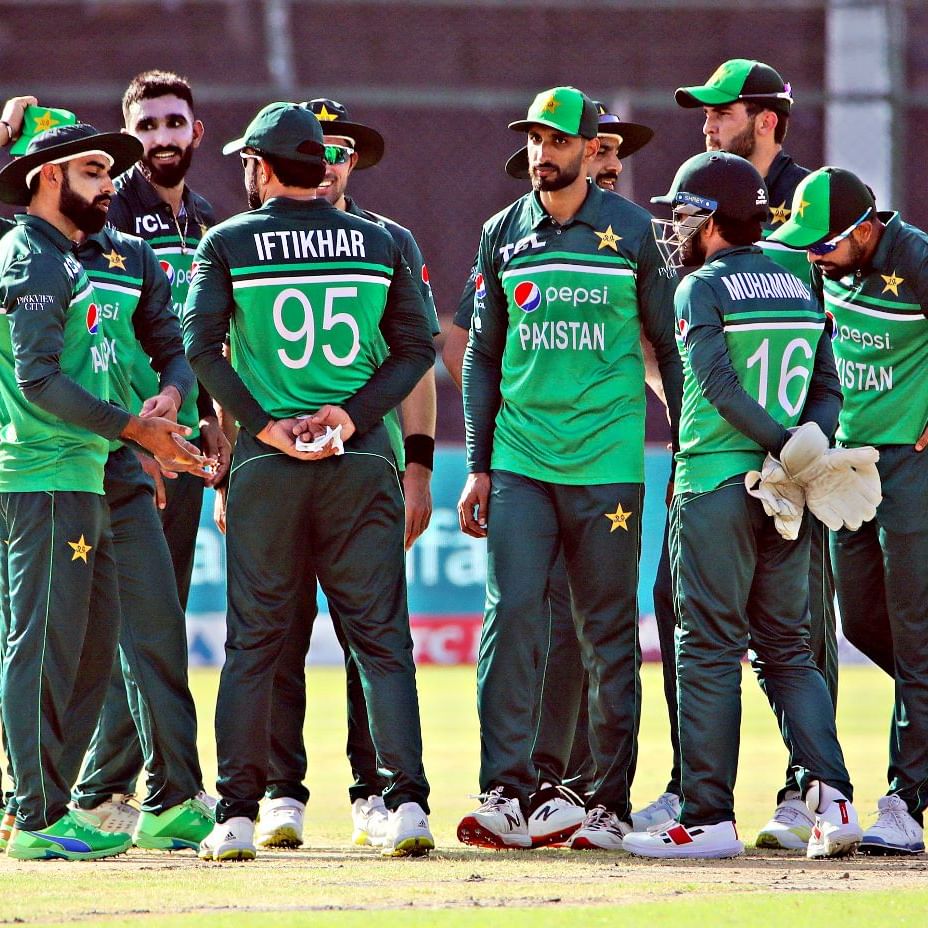With childhood TB continuing to remain a “staggering problem” in India, “eliminating” TB by 2025 might be extremely challenging.
(For top health news of the day, subscribe to our newsletter Health Matters)
Compared with adults, children are more vulnerable to acquiring TB infection and developing the disease. Globally, TB is now regarded as the leading cause of death from infectious diseases for children of all ages. As per a study that looked at 31 studies, the estimated mortality of children with TB who fail to receive treatment is about 22%; the case fatality ratio in children less than five years is 43%.
According to the WHO, there are critical gaps in detecting TB cases among children despite significant progress and greater understanding of the challenges faced in addressing TB in children. For instance, globally, at least 1.2 million children aged less than 15 years fall ill with TB every year, and around 67 million children get infected, placing them at the risk of developing TB disease at a later date. However, 56% of the 1.2 million children who develop TB annually are not detected, says an October 2022 paper.
As per the 2022 WHO global TB report, last year, children aged less than 15 years across the world accounted for 11% of the total estimated incident TB cases. Notwithstanding the 56% estimated TB detection gap in children globally, India contributes nearly one-third to the global childhood TB caseload. According to the 2022 paediatric TB management guidelines for India, nearly 0.34 million children aged less than 15 years are estimated to get TB disease every year; children in this age group in India are estimated to contribute about 13% of the TB caseload.
“Eliminating” TB by 2025, bleak prospects
Childhood TB in India remains a staggering health problem, contributing to nearly 31% of the global burden
Globally, at least 1.2 million children aged less than 15 years fall ill with TB every year. But about 56% of them are not detected
The estimated mortality of children with TB who fail to receive treatment is about 22%
India contributes nearly one-third to the global childhood TB burden
While the number of TB cases notified in India has increased since 2015, notifications of childhood TB have remained constant at 6%. each year
Nearly 0.34 million children in India aged <15 years are estimated to get TB disease every year. Children in this age group are estimated to contribute about 13% of the TB caseload
But in 2022, only 1,35,734 children were notified. Thus over 2,00,000 (about 60%) children with TB were likely missed last year alone
In 2022, of the 3,00,000 molecular tests performed on children, just 37,000 (12%) were bacteriologically confirmed
Even as the number of TB cases being detected and notified in India continued to increase from 85,780 in 2015 to 24,22,121 in 2022, at around 6%, children constituted only a minor fraction of the total annual cases notified during the same period. This points to a “gap of 4-5% in total notification against the estimated incidence”.
“Children continue to be relatively underrepresented in the national TB surveillance system,” notes the National Strategic Plan 2020-2025 report. “Under diagnosis of paediatric TB remains a challenge. The most pressing challenges include limited capacity for case detection, lack of sensitive diagnostics…”
For instance, while the total notifications in 2022 were over 2.4 million, paediatric TB cases notified were just 1,35,734 — which is 5.6% vis-a-vis an estimated contribution of 13%.
With TB cases among children less than 15 years in India estimated to be 3,42,000 every year, the detection of only 1,35,734 children in 2022 would mean that over 2,00,000 (60%) children with TB were missed last year alone. With TB notification among children being nearly constant at 6% for many years now despite active case finding of child household contacts of pulmonary TB patients, the cumulative number of children with TB who have been missed would be huge.
“In 2019, the NTEP reported 1.5 lakh TB cases of children aged 0-14 years, indicating a gap of 55% in TB notifications in this age group,” notes a July 2021 Collaborative framework to address the burden of tuberculosis among children and adolescents report.
“Diagnosis of TB among children is comparatively more challenging, and hence many cases are missed, diagnostic delays are frequent, leading to poor treatment outcomes,” says the India TB report 2023.
Though children are required to be tested using highly sensitive molecular tests at the first point of contact, smear microscopy is often used. Difficulty of children below five years to produce sputum and low bacterial load in children and even being paucibacillary pose a huge challenge in TB diagnosis and drug-resistance screening. “Diagnosis of childhood TB often relies on clinical evaluation supported by tools such as chest X-rays. However, these tools have known limitations in terms of accuracy and reliability,” says Dr. Chandrakant Lahariya, physician and public health specialist.
For instance, in 2022, of the 3,00,000 molecular tests performed on children, just 37,000 (12%) were bacteriologically confirmed, thus making TB diagnosis in children very challenging. Additionally, “only a small portion of children and extrapulmonary TB patients are successfully screened for drug resistance”.
Even as the bulk of the cases in children is pulmonary TB, which is easier to detect, up to 32% of TB cases are extrapulmonary, which makes TB detection more challenging. Finally, there has been a reduction in BCG vaccination of children during the pandemic. “Globally, the estimated number of children who did not receive any vaccine increased during the pandemic. There has been a downslide in BCG vaccine coverage in India as well — [from 92% in 2019 to] 85% in 2020 and 84% in 2021 [which increased to 91% in 2022],” says Dr. Lahariya.












